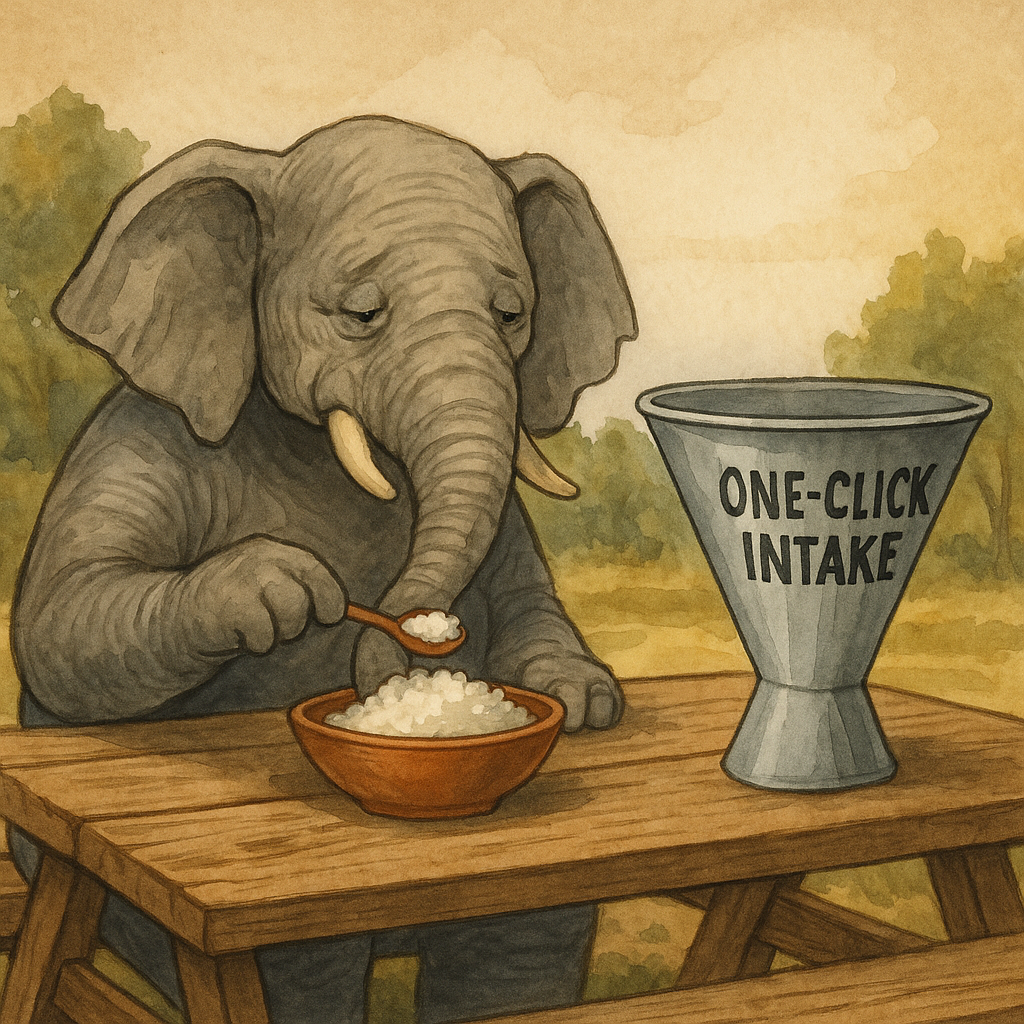And why CAC, LTV, and top-of-funnel metrics can wait.
In our last piece, we talked about why paid pilots beat free trials almost every time—because they create skin in the game, clear expectations, and measurable progress.
But here’s the follow-up question no one asks out loud:
“What happens after the sign-up? How do we know if it’s actually working?”
The answer lies in two deceptively simple metrics: Activation Rate and Time to Value (TTV).
These aren’t just product analytics—they’re early indicators of product-market fit. They tell you if someone’s really using your SaaS product, and how quickly they’re reaching value. And when you’re operating in year one, that speed and usage make all the difference.
Before we get into why these are so crucial, let’s clear up what not to obsess over.
What You Can Safely Ignore in Year One
CAC (Customer Acquisition Cost)
It looks great in pitch decks, but early-stage CAC data is noisy. Your spend isn’t repeatable, your attribution is fuzzy, and your funnel probably isn’t optimized yet.
LTV (Lifetime Value)
LTV calculations are built on churn and retention metrics—two things you don’t have enough data on yet. Early-stage users are still testing the waters.
Website Traffic
Thousands of visitors mean little if they’re not activating. Obsessing over traffic without context can mask weak conversion or product onboarding.
MRR and NRR
Yes, revenue is important. But in your first year, one or two large deals can make MRR look healthier than it is. If those customers aren’t using the product, it’s hollow.
The Two SaaS KPIs That Actually Matter
In year one, two metrics give you the clearest picture of traction:
- Activation Rate – the % of new users who reach your product’s “aha” moment
- Time to Value (TTV) – the time it takes to get there
These are the indicators of whether your product is resonating—and how much work it takes for someone to experience its value.
Activation Rate: The First Signal of Product Fit
Activation Rate tells you if users are actually using your product in a way that drives value.
For example, for Airtable, that might mean creating a new base and adding real data. For a CRM, it could be sending the first outbound email or importing a contact list. The key is this: the action must lead to an outcome users care about.
Benchmarks:
- SaaS industry average: ~30–37%
- Healthy range: 40–60% for engaged B2B products
Amplitude’s analytics benchmarks show tools like Airtable regularly hitting 40–50% activation among engaged cohorts. (Amplitude)
Userpilot’s benchmark report puts median B2B SaaS activation at 37%, with high performers significantly above that. (Userpilot)
Time to Value: How Fast You Deliver Results
TTV measures how long it takes new users to get to their “aha” moment.
Shorter TTV means better retention, faster conversion, and stronger word-of-mouth. Longer TTV leads to trial drop-off, weak pilot outcomes, and slower sales cycles.
Benchmarks:
- Median TTV: ~1 day, 2 hours (Userpilot)
- Top SaaS tools achieve value within 24 hours
Interestingly, sales-led SaaS (with onboarding help) often has faster TTV than self-serve products. Structured onboarding wins over aimless exploration.
Adobe Sign, for example, used structured onboarding milestones during their paid pilots to drive engagement early—and achieved conversion rates over 90%. “We almost always got them fully into production and successful,” said Jason Lemkin. (SaaStr)
Userpilot reports that companies improving activation by 25% saw a 34% boost in MRR within a year. That’s measurable traction, not just correlation.
What This Means for Pilots and Early Sales
If pilot users don’t activate, they won’t convert. If they activate slowly, your champion loses momentum. But if activation is fast and clear, the sales process accelerates, internal buy-in grows, and your SaaS becomes sticky.
This is why paid pilots without a solid activation flow often flop. Tracking activation and time to value lets you know if you’re building real momentum—or just going through the motions.
Final Thoughts
You only get so many shots in your first year. Spend them watching the only two metrics that truly matter: activation and time to value.
If you want help defining your “aha” moment or mapping your first activation funnel, get in touch. It’s one of the highest-leverage things you can do early on.
I’m happy to help you figure out what activation means for your company and how to track it—just shoot me a message at angkan.mukherjee@gmail.com.
References
- Userpilot Benchmark Reports 2024–2025: https://userpilot.com/blog/user-activation-rate-benchmark-report-2024/
- Time to Value Report (Userpilot): https://userpilot.com/blog/time-to-value-benchmark-report-2024/
- SaaStr on Adobe Sign pilot success: https://www.saastr.com/what-is-the-typical-conversion-from-paid-pilot-to-annual-contract-in-b2b-saas-2/
- Amplitude B2B SaaS Activation Benchmarks: https://amplitude.com/benchmarks/technology-b2b-saas/enterprise
- Lenny’s Newsletter – What is a good activation rate?: https://www.lennysnewsletter.com/p/what-is-a-good-activation-rate
- Statsig – 5 Activation Metrics You Should Track: https://www.statsig.com/perspectives/5-key-activation-metrics-saas
- Product School – Why Time to Value Matters: https://productschool.com/blog/product-strategy/time-to-value
- Monetizely – Time to Activation Article: https://www.getmonetizely.com/articles/time-to-activation-the-critical-saas-metric-you-should-be-tracking
